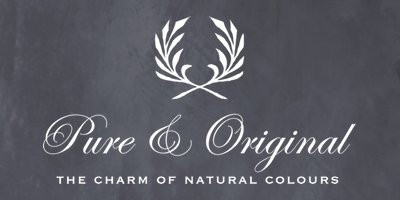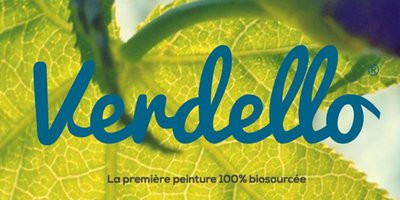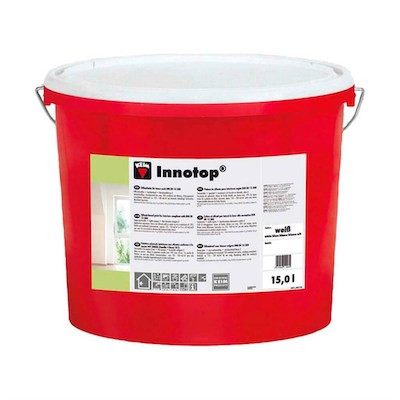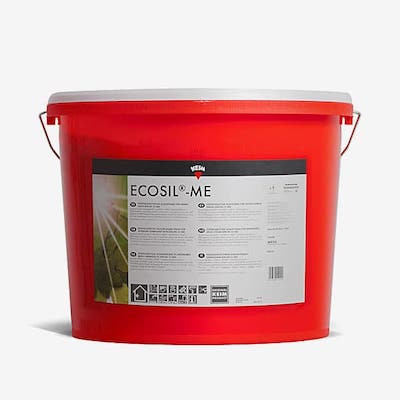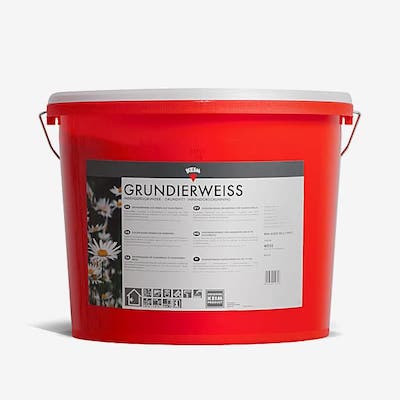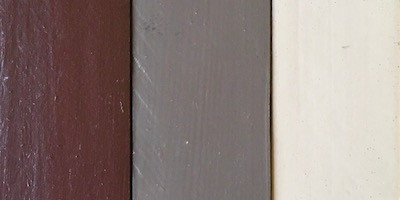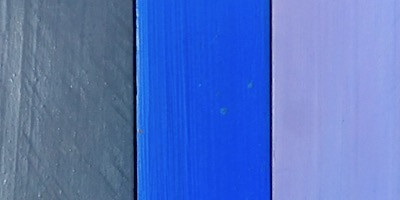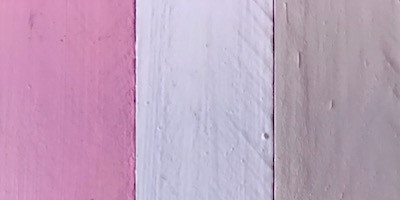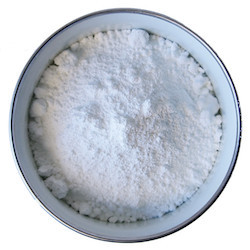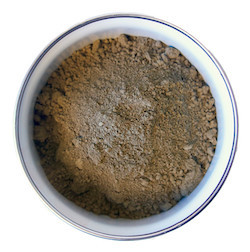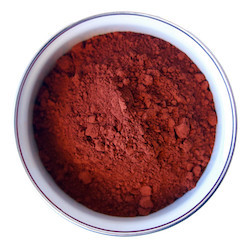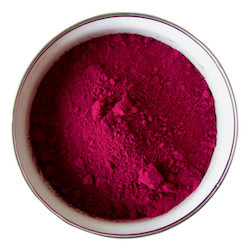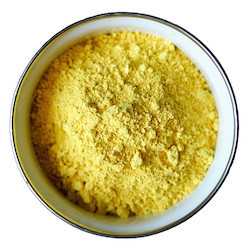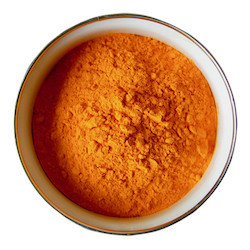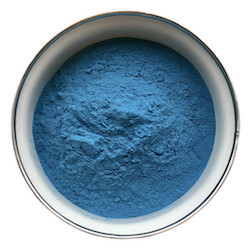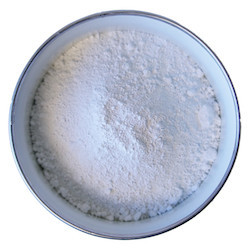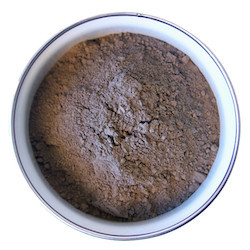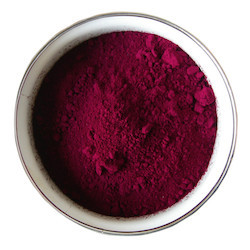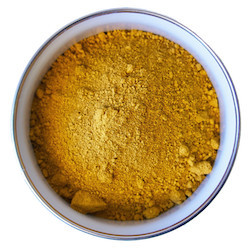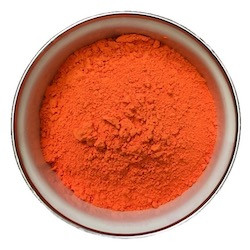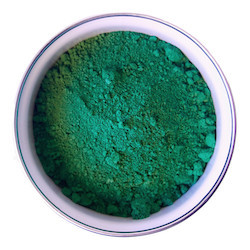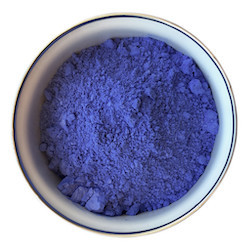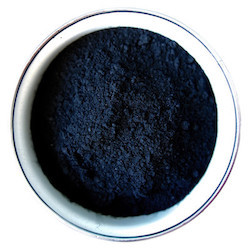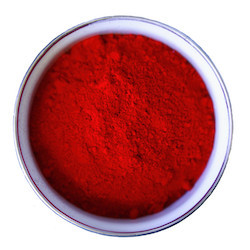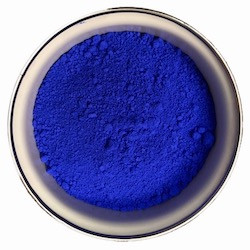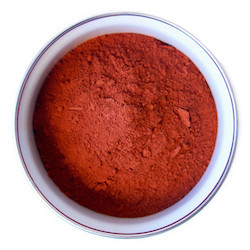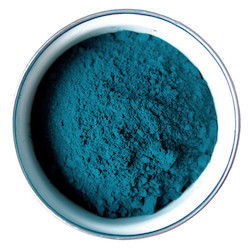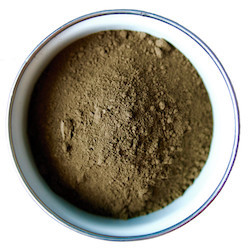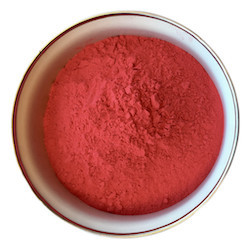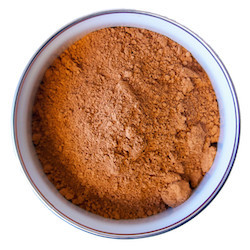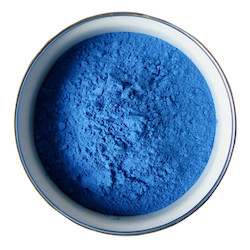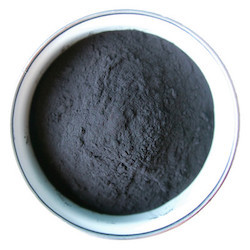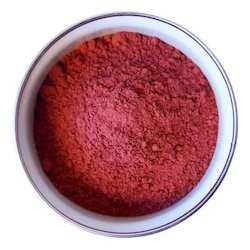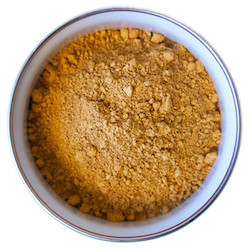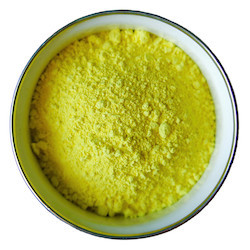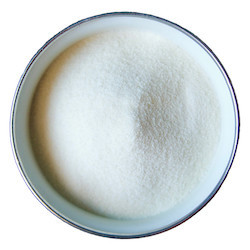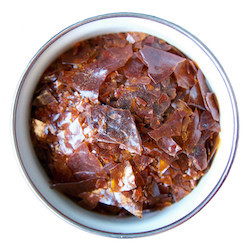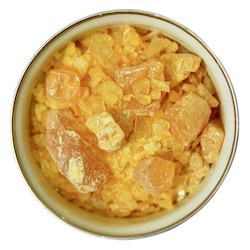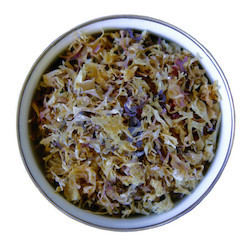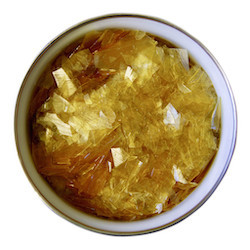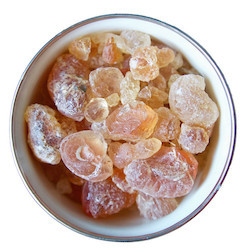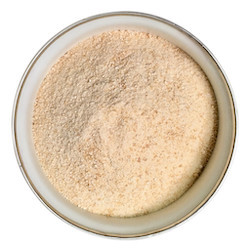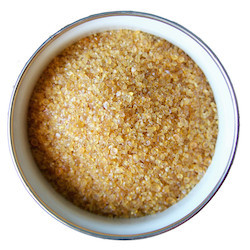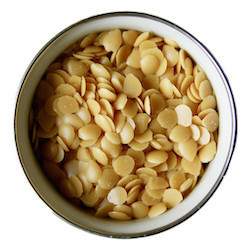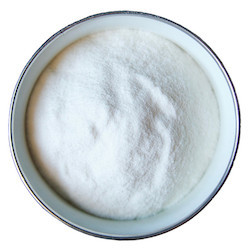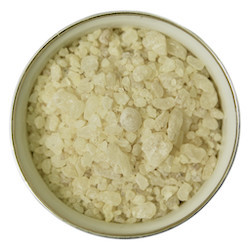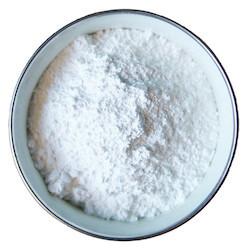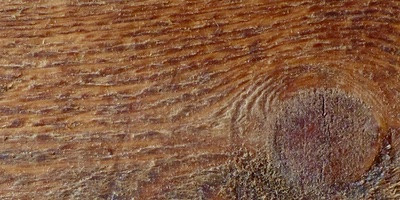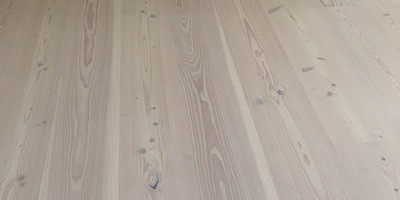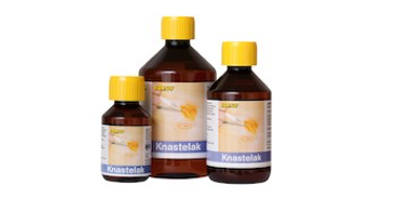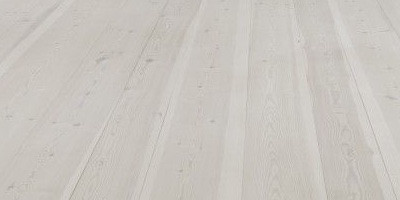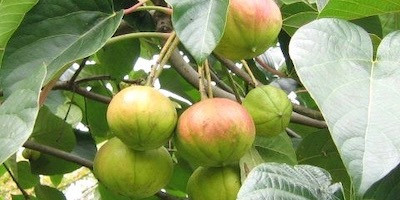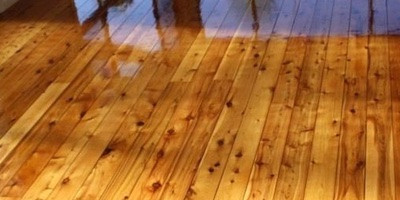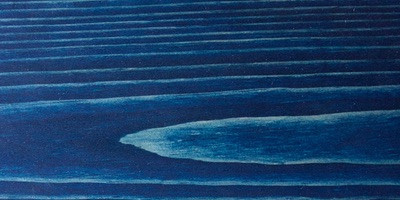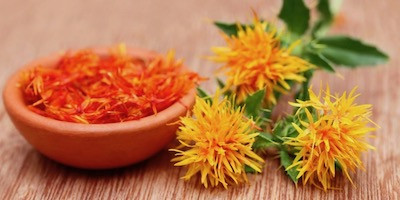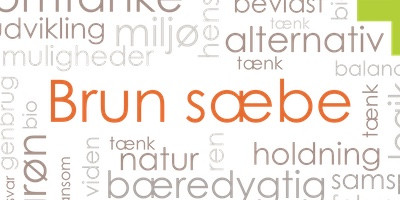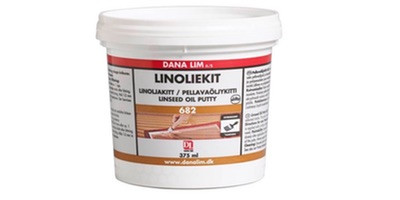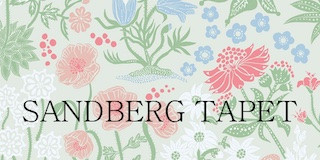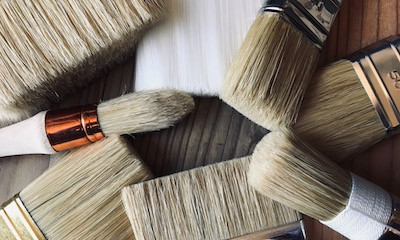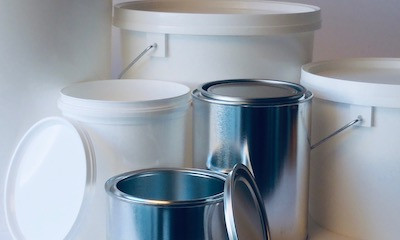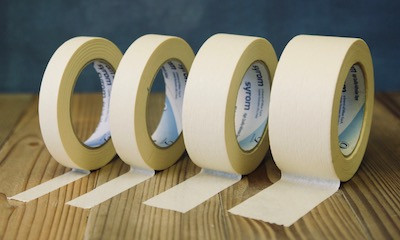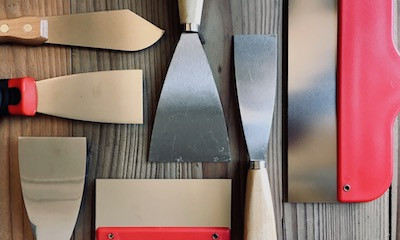-
MenuBack
-
Wall paint
-
-
Nature PaintOur very own wall and ceiling paint, appears matte and is also available in a many colors.
-
Beeswax washBeeswax Wash gives a contrasting look, with a natural play in the surface. For indoor use only.
-
-
Pure & OriginalLime paint for interior use, available in a multitude of pretty and beautiful colors
-
Pure & Original
-
St Astier lime paintLime paint from the Nordic NHL for interior and exterior use. Available in 24 standard colors
-
-
VerdelloA 100% bio-based paint that appears flat, and at the same time is very durable.
-
Verdello in colors
-
Glue PaintGlue paint colors, reflects the light in a soft and felt-like way, and gives the colors a beautiful and soft expression
-
-
Keim SilicateKeim silicate paint is a durable solution that can be used both indoors and outdoors.
-
TemperaTempera is a beautiful, classic and beautiful paint for walls and ceilings.
-
-
Masonry
-
-
Oil Paint
-
-
PIGMENT
-
-
Glue & wax
-
-
Woodwork
-
-
Wallpaper
-
-
Osborne & Little
-
-
Borås tapeter
-
-
-
Accesories
-
Damar

Damar
Damar is an aromatic resin secreted mainly by the Dipterocarpaceae family of trees in Southeast Asia, of which those of the genera Hopea, Shorea and Balanocarpus are the most important commercially. The trees that yield Damars are commonly found in the Malay Peninsula and Sumatra, an island in western Indonesia, but also come from Borneo, Cochin China, Java and Thailand. Most Damar resins are produced by tapping trees, but can also be dug out of the ground in fossilized form.
Properties
Damar varies in color from clear to pale yellow, but it can be refined to an off-white powder. It is soluble in alcohol and turpentine, but not water. Damar has a melting point of around 120 degrees and is flammable.
Application
Damar is a soft resin that has been used since ancient times for the production of lacquers and varnishes. Damar is soluble in vegetable turpentine oil, heated linseed oil and in alcohol. Damar lacquer has a beautiful high gloss that only slightly yellows. In oil painting, damar is used as a final varnish, retouch varnish and as an additive in various paints to give depth and shine. Damar is also often used in encaustic painting to give strength to the wax. Encaustic is an old painting technique where hot beeswax is used as a binder, as such the technique has been known and used since ancient Greece. For woodwork, Damar varnish gives a beautiful shine. Dammar is slow drying, it is therefore recommended to add siccative to dammar oil varnishes.
Damar is also used for the popular Bee's Wraps.
Damar is described as non-toxic.
ATTENTION! REMEMBER THAT HEATING OILS AND WAX CAN BE ASSOCIATED WITH A FIRE HAZARD
It is at your own expense to mix oils & wax when heating. Decor colors disclaims any responsibility.
Damar
There is 1 product.
Active filters



